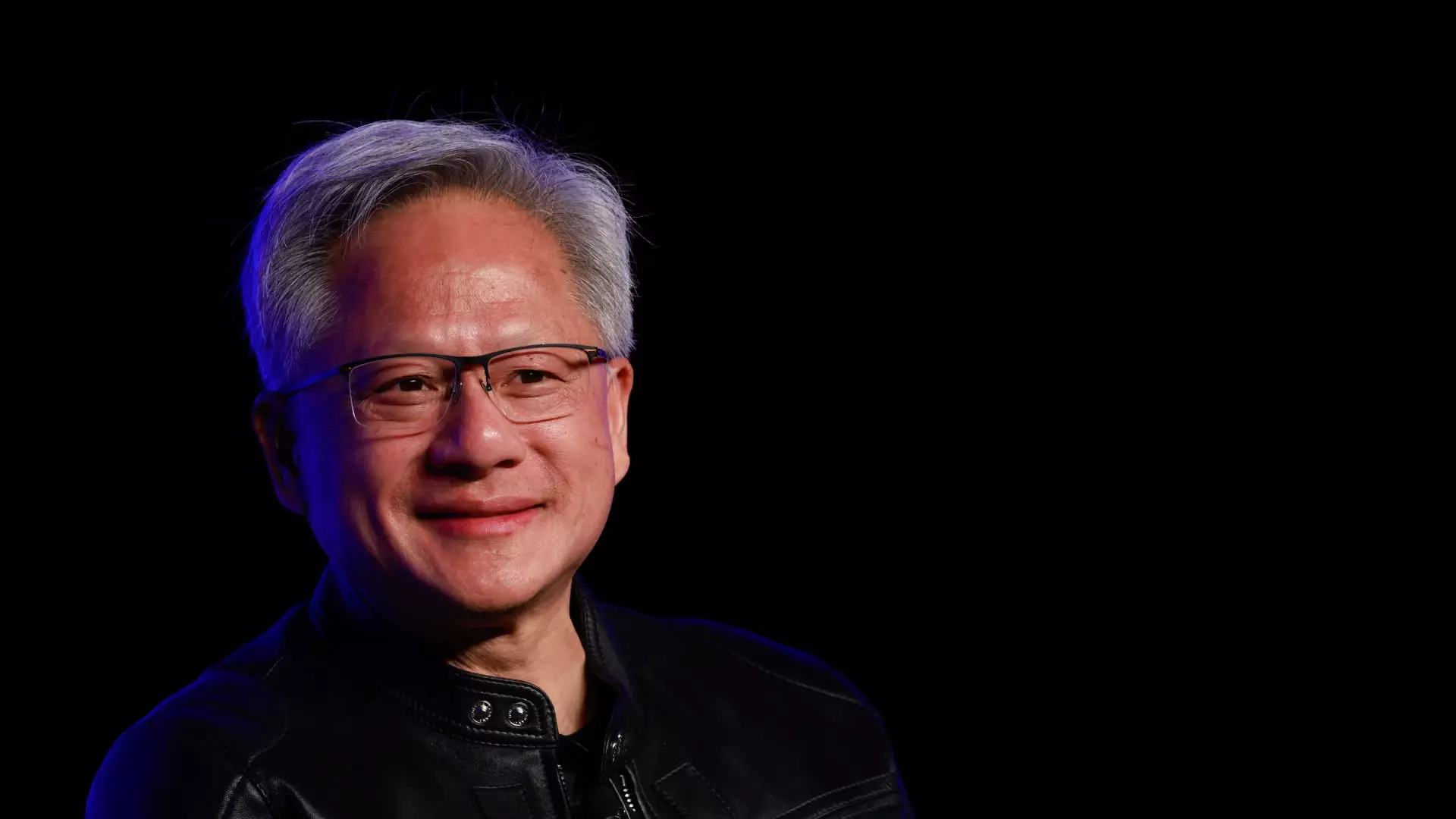In a recent address at London Tech Week, Nvidia’s co-founder and CEO, Jensen Huang, articulated a transformative vision for artificial intelligence, dubbing it the “great equalizer.” Historically, the landscape of computing has been riddled with complexity, shrouded in cryptic programming languages and intricate architectures, which have largely excluded the average person. Huang’s assertion that AI has shifted this paradigm to a more accessible format is not just a reflection on technological advancement but a fundamental change in how we interact with machines. By revolutionizing input through “human” language, AI is breaking down barriers that have long hindered digital participation.
The ability to issue commands to a computer in a conversational manner, devoid of technical jargon, heralds an era where practically anyone can harness the power of technology. In contrast to older programming languages like C++ or Python, where proficiency often dictated technological capability, AI democratizes this power with a simplicity reminiscent of natural human interaction. The influx of conversational AI models in 2022, particularly OpenAI’s ChatGPT, serves as a significant turning point. With a staggering 400 million weekly active users, these platforms have showcased an unprecedented level of engagement between humans and AI, suggesting a future where machines can intuitively respond to human queries in ways that feel genuine and relatable.
AI Programming: More Than Just a Tool
Huang highlighted a notable distinction in how programmers now interact with AI systems—by asking nicely rather than issuing difficult commands. This transformative approach redefines programming as an extension of communication rather than an exclusive domain requiring extensive technical skills. By providing examples, such as requesting AI to compose poetry or summarize events, Huang illustrated how these interactions mirror human conversations. The implications are vast; not only do they enhance creativity and productivity, but they also alter the way we perceive our relationship with technology.
Interestingly, this shift prompts a reassessment of our roles in the workforce. Companies like Shopify, Duolingo, and Fiverr are already pushing their employees to adopt AI tools, suggesting that understanding conversational AI may soon be as essential as traditional technical skills. As OpenAI reaches 3 million paying business users, it becomes clear that to remain relevant, embracing these systems is no longer optional but a necessary evolution within business practices.
Embracing Change: The Human-AI Collaboration
Despite the unease surrounding the potential job displacement caused by AI, Huang’s perspective encourages a more optimistic outlook. His call to action for workers to engage with AI is a reminder that technology should enhance human capability, not replace it. This is particularly relevant in an age where adaptability is crucial for career longevity. As Huang succinctly put it, this new method of interacting with computers can be mastered by virtually anyone, and it’s already being naturally adopted by younger generations.
Such encouragement for children to engage with AI reveals a key insight: the future workforce will likely be more comfortable with these technologies, navigating them as seamlessly as they do social media. This generational shift can catalyze new levels of innovation, creativity, and efficiency in various industries. As AI fosters an environment that nurtures collaboration over competition, it opens doors for new applications that could redefine sectors from education to creative arts.
Preparing for Tomorrow: The Importance of Collaborative Thinking
The idea that a productive dialogue with an AI can lead to iterative improvements—where the AI can refine its output based on user feedback—suggests a profound change in the creative process. In traditional programming, this kind of feedback loop is arduous and typically requires multiple revisions and adjustments. In stark contrast, AI promises instantaneous improvisation and adaptation, making it an invaluable ally in pushing the boundaries of what we can create.
As we venture deeper into this new landscape of human-AI interaction, the challenge lies in not merely accepting these advancements but actively cultivating them. Beyond creating appealing outputs, there is potential for this technology to become a collaborative partner in decision-making, problem-solving, and innovation. Thus, as we acclimate to these shifts, it’s crucial to foster a mindset that embraces change and collaboration at the intersection of human creativity and artificial intelligence.

